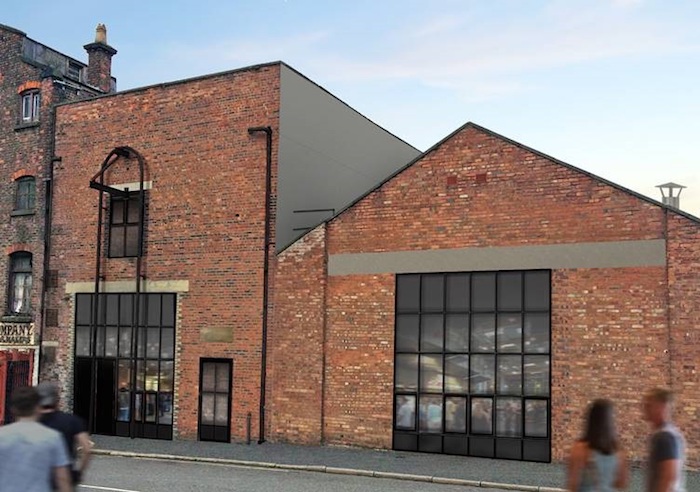Every great city needs a great brewery and for over 200 years Liverpool had Higson’s.
From humble beginnings in 1780, Higson’s became part and parcel of life in Liverpool and beyond, until 1990 when the last pint was pulled.Big brewers were devouring smaller ones as major players wanted bigger markets for their products and the opportunity to cut costs.
Higson’s was bought by Boddingtons, which in turn was purchased by Whitbread, which chose to sacrifice ‘Higgies’ and keep the ‘Boddies’ Manchester Strangeways brewery. Back in 1780 most beer was home brewed, with just a few small breweries supplying the alehouses and taverns in the rapidly expanding port of Liverpool. Higson’s was one such business based in 64 Dale Street. Its beers were in demand, which lead to the opening of a bigger, new brewery at Cheapside.
The owners then were the Harvey family, who were succeeded by Thomas Howard. He gave a job to a young book-keeper called Daniel Higson. Howard was so impressed by his protégé he left his entire estate to him and, in 1875, Daniel re-branded the firm under his own name.
Business was hard at the start of the 20th century, not least because the government was trying to discourage drinking, and even paid compensation to brewers who closed down pubs in certain neighbourhoods.
Nevertheless, in 1914 Higson’s was able to acquire the Windsor brewery in Upper Parliament Street, though World War One quashed any hopes of a sudden revival. But in 1918 Higson’s was purchased by J. Sykes and Co. and the brand entered an exciting period. W.E. Corlett, a Liverpool solicitor, became MD and, despite a slump in world trade, Higson’s blossomed in the 1920s, thanks partly to its clever marketing.
In 1925 Higson’s promoted its beers like this: ‘something to look forward to – Higson’s Genuine Ales’, which referred not only to a pint, but also to the Mersey Tunnel, not due to open for another 9 years!
Higson’s had a sense of fun. A year later the Liverpool Echo reported that “the press advertisements of these Liverpool Brewers are always outstanding and are usually of a topical or humorous nature.”
That sense of humour was severely tested by the 1930s Depression – it took 18 months’ credit from Pauls Malt to keep Higson’s afloat.
Corlett was a fighter and a one off. It was said that clocks in Liverpool city centre could be set accurately by the timing of his very precise routines.
In 1923, he’d bought Cains Stanhope Brewery and by 1937 the company had 183 pubs. World War Two and its aftermath brought more uncertainty, and Higson’s was controlled by an ageing board. When Gerald Corlett joined in 1955 its average age was 76!
In 1980 the company owned 192 pubs, but had begun to feel the impact of those rapid changes to the brewing industry.
Yet Higson’s never lost its sense of humour. The 1970s campaign featuring characters created by cartoonist Emilios Hatjoullis has its place in marketing and design history. The Old Higsonians he drew, with names like Albert Dock, Ann Field and Birk ‘n’ Head, are still much loved by Higson’s fans.
The Higson’s brand may have withered in 1990, but three Wirral people who remember it particularly well are giving it new life.
After more than 20 years in Scotland’s brewing industry, Stephen Crawley from Hoylake returned home to found a company called H1780. Among its investors are Neil and Iain Corlett of the Higson’s ‘dynasty’.
The shell of an old warehouse on Bridgewater Street, in the heart of Liverpool’s Baltic Triangle, has been transformed into a brand spanking new place to eat, drink or dally right next to brewing and distilling. It’s called H1780 Tap & Still – the new home of Higson’s beers. Look out for them in December.
To find out more, visit h1780tapstill.co.uk

